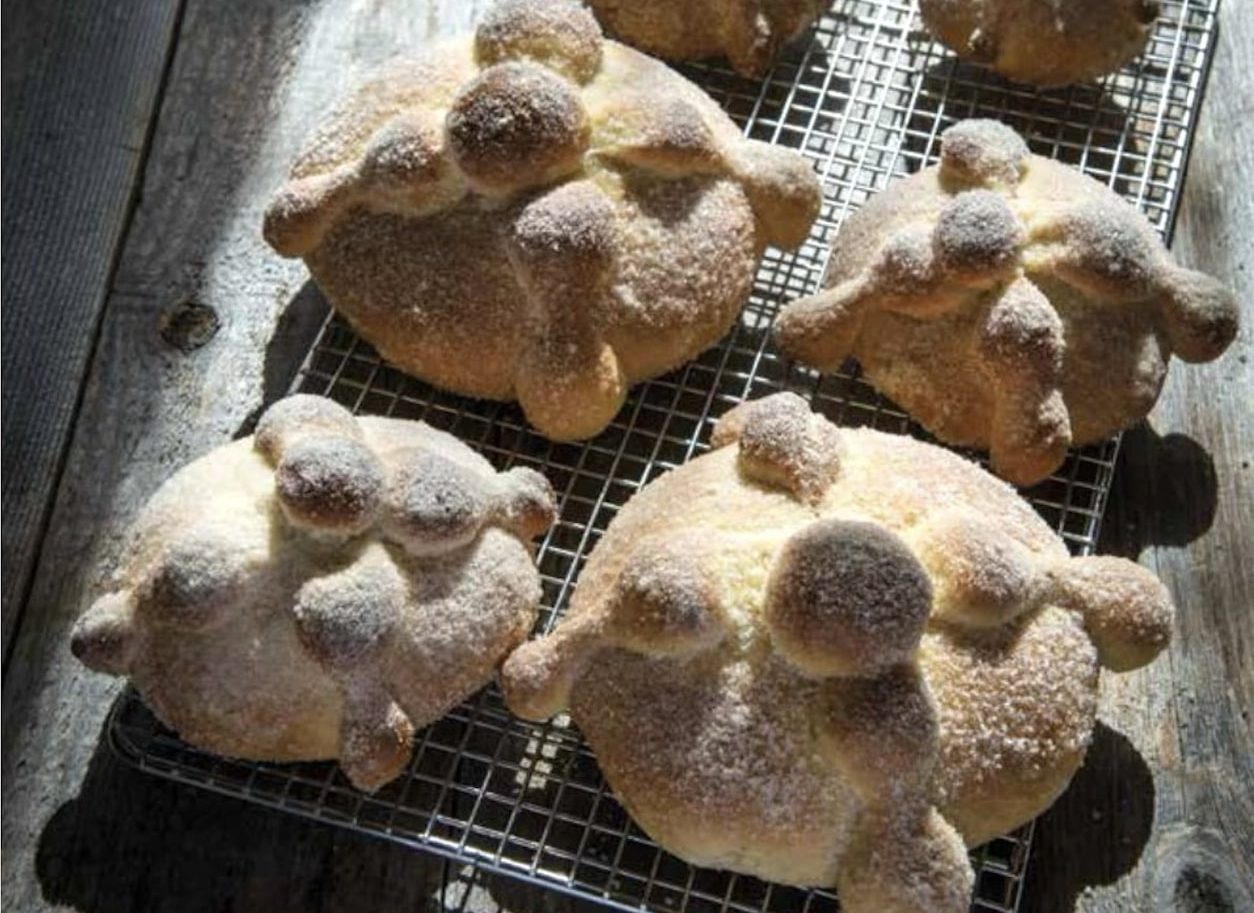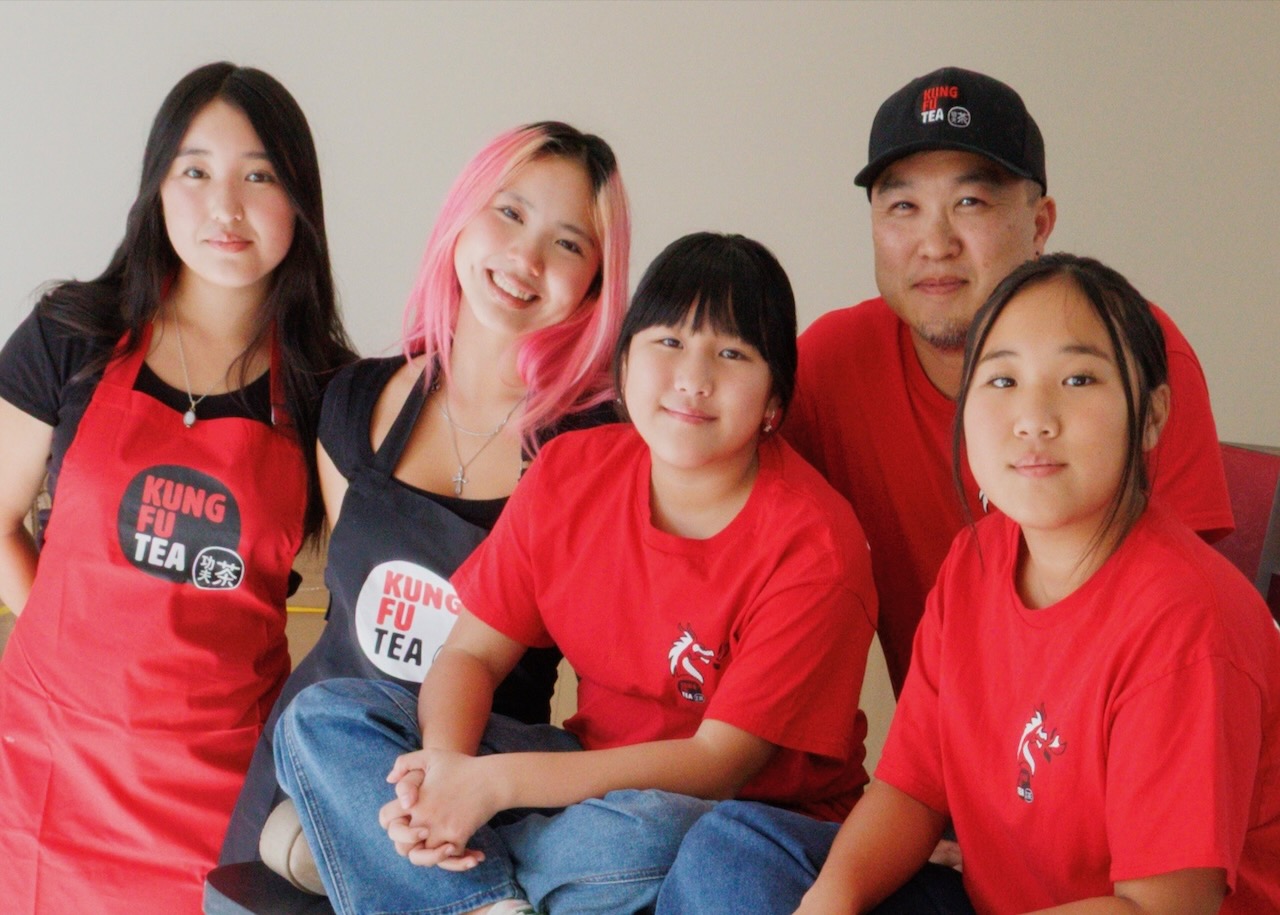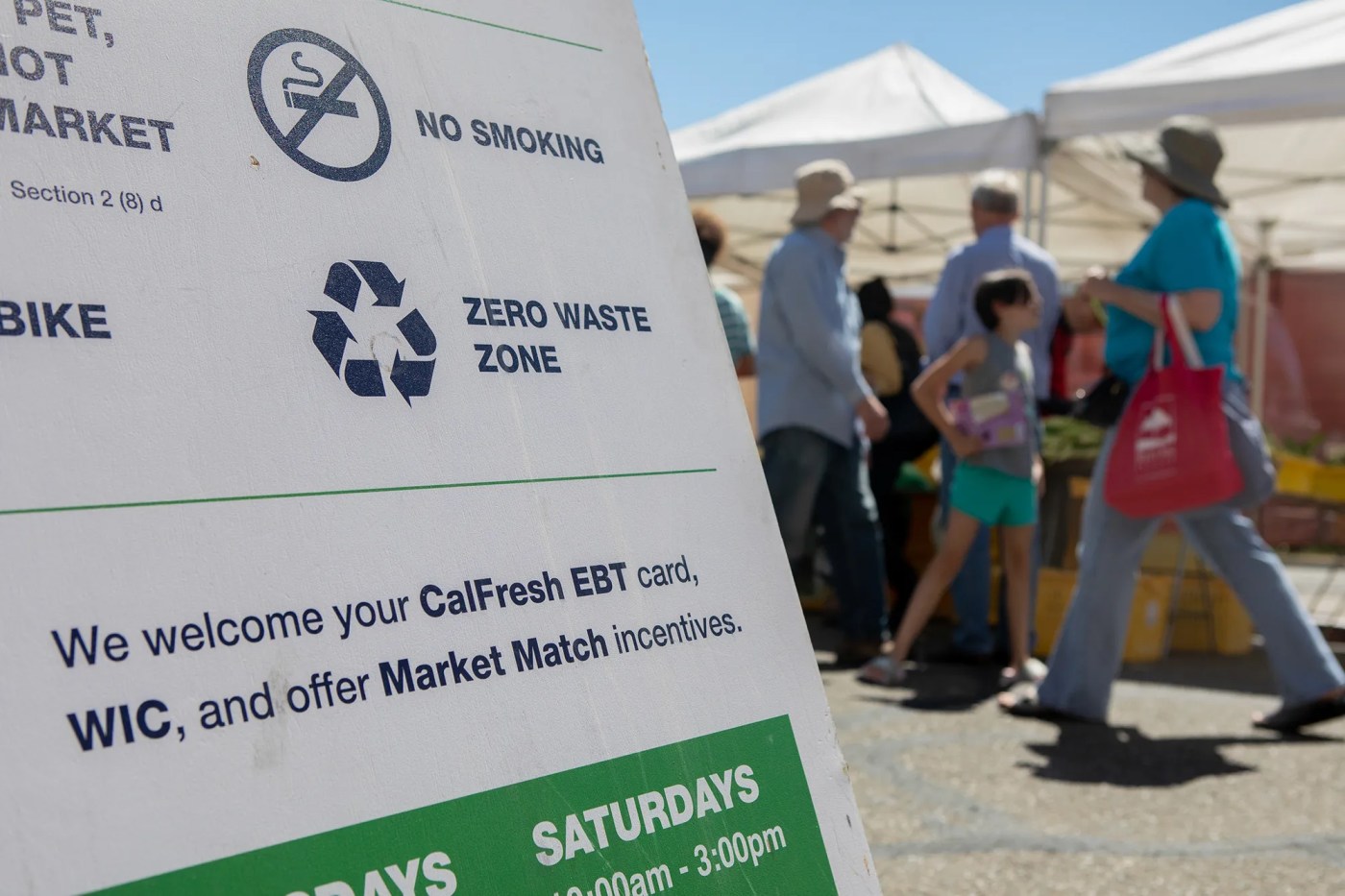A proper celebration of Dia de los Muertos requires pan de muerto.
Some families might bake a few loaves and leave them at the gravestones of their deceased loved ones. Others might simply leave the bread on the homemade altars, “ofrendas,” to provide nourishment for their late relatives.
No matter the delivery method, the recommendation is to always make extra for yourselves, and save the leftovers to drink with your coffee the next morning. Better yet, use it to make French toast.
RELATED: Expert chefs share their favorite Día de los Muertos recipes and traditions
Mariana Nuño Ruiz, who co-authored “Dining with the Dead: A Feast for the Souls on Day of the Dead — A Mexican Cookbook” with her husband, Ian McEnroe, said there are a million ways to make pan de muerto, but your loaf should represent the traditions of your family or hometown.
“I’m from Guadalajara, Jalisco, so my bread represents small towns where the flavor has a lot of Mexican canela (cinnamon), Flor de Azar (Mexican liqueur) and orange zest,” Ruiz said. “And it’s a very rich bread. It’s not this fluffy bread that you can find at bakeries on this side of the border. This bread, you can dunk it in chocolate, and it will absorb all the delicious chocolate.”
Some folks start baking the bread a week or two in advance and keep on baking it through November.
Ruiz’s recipe (see below) takes two days to make, but she said it won’t be too difficult for anybody who has baked bread before.
For beginners, she recommends reading the recipe over two or three times and to plan ahead.
“It takes a bit of practice,” she said. “But I can assure you that you will have a delicious pan de muerto.”
For more on how to celebrate Dia de los Muertos, check out our feature story and other recipes for how to make decorative Mexican sugar skulls and how to make edible mini lemon sugar skull cakes.
Mariana Nuño Ruiz and Ian McEnroe wrote “Dining With the Dead: A Feast for the Souls on Day of the Dead — A Mexican Cookbook” together. (Photo by Ian McEnroe)
Pan de Muerto: Bread of the Dead
Makes 6 medium (6- to 7-inch) breads or 12 to 14 small (4-inch) breads (the recipe also works well for half a batch)
INGREDIENTS
Sponge:
1 cup (4 ounces/125 ml) whole milk
2 tablespoons (25 g) sugar
2 tablespoons (16 g) unbleached all-purpose flour
2½ teaspoons (¼ ounce/14 g) active dry yeast
Dough:
7 cups (850 g) unbleached all-purpose flour
1 cup (150 g) whole wheat or rye flour
1 cup (200 g) white sugar
2 teaspoons (10 g) fine sea salt
4 teaspoons (8 g) ground canela
1 cup (8 oz/227 g) European-style butter, room temperature
4 large whole eggs
2 large egg yolks
1 tablespoon (15 ml) orange blossom water**
1 teaspoon (2 g) orange zest**
**Orange blossom water is easy to find in Middle Eastern specialty markets and is absolutely delicious in this bread!
Valencia oranges have the best zest flavor for baking
Sugar topping:
1 stick (4 oz/115 g) butter, melted
1 cup granulated white sugar
1 to 2 pinches ground canela
DIRECTIONS
First day:
1. Make the sponge. Warm the milk to lukewarm. In a small bowl, combine warm milk, sugar and flour, and mix to avoid any lumps. Sprinkle the yeast over milk mixture and gently mix in. Cover bowl with plastic wrap and let this mixture bloom in a warm place for 15 to 20 minutes, until the mixture looks foamy and creamy and the top resembles a sponge.
2. Make the dough. In the bowl of your stand mixer, add all of the dry dough ingredients — flours, sugar, salt and canela. Set on slow speed and mix well. Add butter to the flour bowl in small chunks and mix in for a few seconds. Add eggs, egg yolks, orange blossom water, orange zest and the foamy yeast sponge. Using the hook attachment of your stand mixer, mix dough on medium-low speed for 2 to 3 minutes until it forms a ball in the center. Then mix for 5 minutes on medium and at last crank your mixer to medium-high speed and mix dough for 2 to 3 more minutes. If making dough by hand, knead for 25 to 30 minutes, until dough is smooth, soft, elastic and does not stick to the surface. Dough should have a shine and should not be sticky to the touch.
3. Gently remove the dough from hook and place it into a lightly oiled, large bowl. Knead dough briefly to shape into a ball. Place dough in a large lightly buttered bowl, cover with plastic wrap and then with a clean kitchen towel, and place it in the refrigerator overnight. I’ve tried different methods, but 8 to 10 hours overnight is the right amount of time for the dough to develop. This method allows you to develop flavor in the dough without having to keep an eye on it all day.
“Dining With the Dead: A Feast for the Souls on Day of the Dead,” by Mariana Nuño Ruiz and Ian McEnroe, shows the process of making pan de muerto. (Photo by Ian McEnroe)
Second day:
1. Pull the dough out of refrigerator, gently punch and reshape the dough, kneading gently, and briefly transfer to a baking tray and cover with plastic wrap and then a kitchen towel. Place in a warm place for about 2 to 2½ hours to come to room temperature. At that point, your dough should be soft, malleable and ready to be shaped.
2. Over a lightly floured surface, divide the dough in half. Shape one half into a ball, cover with plastic wrap and set aside. Then divide the other half into 4 equal parts. Reserve one part for the skulls and bone shapes, cover with plastic wrap and set aside. Shape the other 3 pieces each into a ball by taking the piece of dough and wrapping the edges underneath itself to form a round ball. Place rounded dough on the table, and using your hand, create a concave shape and gently cup your hand over the dough ball. Gently, create a circular motion with the dough under your hand by rubbing against the table until you have formed a smooth, round, tighter ball. Refer to the photos for help.
3. Place each of the 3 large formed balls onto either a buttered pan or a baking sheet lined with parchment paper. Using your fingers, press the center of each ball to flatten to about ½-inch thick, and flatten the edges of the round ball against the baking sheet.
4. Using the fourth small reserved piece of dough, divide and make 3 balls the size of a key lime and 3 logs 1-inch across, then equally divide the rest of the dough into 3 balls about the size of a small plum, about 2½ inches around.
5. To make the skull: Take one small key-lime-sized dough ball and make one round ball and set aside. To make the crossbones for each top: Take one small plum-sized dough ball and divide dough into two equal portions. Roll one portion into a small cylinder. Roll the other portion into another cylinder. Using your fingers, roll the two logs against the table. As you roll, spread your fingers to create four bumps. These bumpy strips will represent the bones. Place the two bone strips one across the other over the top of each large dough ball, forming a cross shape.
“Dining With the Dead” details the steps to making pan de muerto. (Photo by Ian McEnroe).
6. Now we are ready to place the round center ball that represents the skull on the main bread portion top. Use your fingers to make a deep indentation in the center of the shaped dough about halfway to the bottom of the dough, being careful not to tear the dough, and place the small skull ball in the center. Do not worry about pushing the center down a bit; this will prevent the ball from falling off when baking. There is no need to add water or eggwash to glue the dough decorations over the dough; just make sure you flatten them against the body of the main dough ball so they stick together.
7. Now, do the same to decorate the other two dough rounds this way. Then cover the three with plastic wrap and then a kitchen towel. Place the tray in a warm place in your kitchen and proof them for 25 to 30 minutes, and then double in size. Time of proofing will depend on how warm your kitchen is. Check on them after 15 minutes to avoid overproofing, and decide if they need more or less time.
Related Articles
Día de los Muertos recipe: Mini lemon sugar skull cakes to decorate and eat
Expert chefs share their favorite Día de los Muertos recipes and traditions
Día de los Muertos recipe: Mexican sugar skulls recipe great for adorning an ofrenda
The food you toss costs you plenty and emits tons of pollution. We’ve got tips on how to cut down
MOHI Food & Wine Festival returns for second year
8. Adjust oven rack in the middle and preheat oven to 350°F.
9. In the meantime, shape the second large half of the dough in the same way. By the time you finish shaping the second batch of dough, the first batch should be doubled in size and ready to bake. Place the tray in the oven and bake for 20 to 22 minutes, until bread is golden brown and produces a hollow sound when tapped gently. Take into consideration that you can make smaller size breads, too, or even extra large. I love to make little breads for kids or individual sizes for adults to give as gifts during the celebration. If making smaller sizes, make sure to place same sizes of shaped dough in baking trays for even baking. Also adjust baking times. Bake small breads for 15 minutes and medium breads for 18 minutes.
10. Once baked, let them cool on the tray for about 10 minutes. In a small bowl, mix granulated sugar and canela. While the bread is still slightly warm, brush them generously with melted butter and coat liberally with the sugar and canela mixture, then hold the bread top side down and tap the bottom to remove the excess sugar. Place bread on a rack to keep cooling. Prepare a pot of hot chocolate or café de olla and eat your freshly baked bread because it’s time to celebrate!
Notes:
Please plan ahead and make this bread over the weekend. For example, make the dough on Saturday night, and then wake up Sunday and shape and bake your bread. You will have it warm and ready for breakfast. This bread can be made about 1 to 2 days before the celebration and will last soft and fresh for about 4 to 5 days when kept in an airtight container.
Pan de muerto is just one of the recipes in “Dining With the Dead: A Feast for the Souls on Day of the Dead — A Mexican Cookbook” by Mariana Nuño Ruiz and Ian McEnroe. (Photo by Ian McEnroe)
— Courtesy of “Dining With the Dead: A Feast for the Souls on Day of the Dead — A Mexican Cookbook,” by Mariana Nuño Ruiz and Ian McEnroe (Rio Nuevo Publishers, $40)





